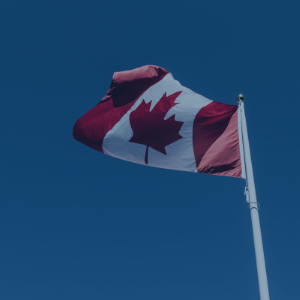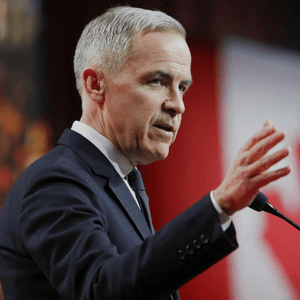
A new online ad testing poll by INNOVATIVE, which was recently featured on Global News, shows the Conservative Party’s ads are working in convincing Canadians that they’re the party of hope.
The online poll of 2,890 Canadians, in which respondents were shown one of four English-language or three French-language ads by the Conservative Party, was conducted during the last three weeks of November. Respondents were asked a series of diagnostic questions on different aspects of the ads, and asked whether the ads left them feeling more or less likely to vote Conservative.
In English-speaking Canada, all four ads left viewers feeling more likely to vote Conservative, with an average net score (% more likely to vote Conservative minus % less likely to vote Conservative) of +16. Across the board in both English and French, the ads left viewers on average feeling more hopeful rather than less hopeful.
The ads are comparable to the highly effective Liberal ads run during the 2015 election campaign. The Conservative’s highest-performing ad in 2023, “We had a deal” scored +49 points on net impression this year, only 4 points behind the highest-performing Liberal ad of 2015, “Ready”. The other Conservative ads also do extremely well on impression, with “Meet Pierre Poilievre” at +48 and “Putting the pieces back together” at +46. The ads do well even among those who identify themselves as Liberals, with Liberals having a 2:1 positive vs negative impression, of all ads on average.
When it comes to vote impact, the ads are mostly on par with or fare better than the Liberals’ ads in 2015, with an average net “more likely to vote Conservative” score of +16 points for the English ads and +4 points for the French ads. Compare that to the well-received “escalator” ad put out by the Liberals in 2015, which had a net “more likely to vote Liberal” score of +10 points.
The ads unsurprisingly do best among those who already identify as Conservatives, and those hostile to the current government. However, they also do well across regions, age groups, and value clusters. Those struggling economically tend to rate the ads higher, with 7-in-10 “strugglers” saying they felt the ads were meant for someone like them.
Justin Trudeau and the Liberal Party took the 2015 election during the campaign period because of the hope and optimism their ads inspired among Canadians who felt they were falling behind. Poilievre and the new Conservative ads are doing what Trudeau did in 2015, by providing a message of hope for economic strugglers. There are still nearly two years before the next election, however. If the Liberals want any hope winning the next election, they’re going to have to convince people they are still the party of hope.
































